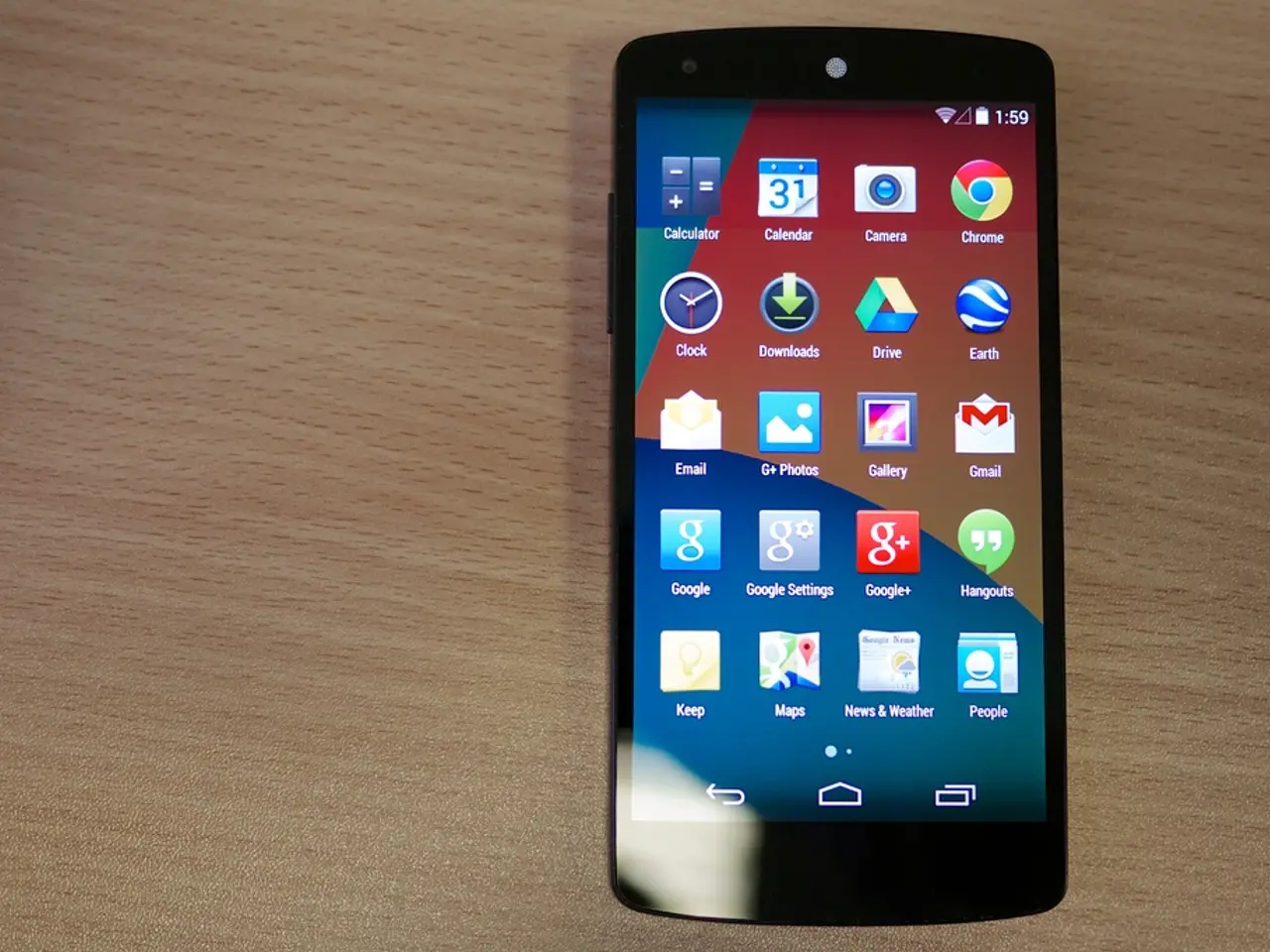Mobile App Walkthrough Examples Highlighting Strategies for Successful Feature Integration
In the competitive world of mobile apps, first impressions matter. Top apps are leveraging walkthroughs to introduce new features effectively, ensuring users understand and adopt them seamlessly. Here's how they're doing it.
Contextual Walkthroughs
New feature introductions appear at the moment when they become relevant to the user’s activity. For instance, Canva shows a slideout modal for its AI image editor only after multiple images are uploaded, making the tutorial timely and useful.
Segmented, Relevant Content
Apps segment users so they only see walkthroughs for new features applicable to their use case, increasing engagement.
Variety in UI Patterns
Effective walkthroughs combine various UI elements such as tooltips, modals, slideouts, hotspots, and checklists. This variety prevents user boredom and keeps tutorials visually appealing.
Balancing Disruption
While modals can highlight critical features by interrupting users, overuse can cause frustration. Top apps balance attention-catching methods with non-intrusive ones like tooltips and slideouts.
Microcopy and Clear CTAs
Walkthroughs often include concise explanations and call-to-action buttons leading users directly into trying the new features.
Employing Psychological Principles
Techniques like the peak-end rule are employed, meaning apps end onboarding or feature introductions on a high note to leave users with a positive impression, motivating continued use.
User-Focused Design
A good walkthrough is not a tutorial; it is a conversation that introduces features in context, tied to user intent. It focuses on the feature’s value, explaining what it will help users do, rather than just introducing it.
Timing is Key
Showing the walkthrough at the right time, not too early or before users have built familiarity with the app, is crucial. The best walkthroughs are triggered by actions, not timers.
Avoid Overloading Users
Avoid dumping too much information at once, in multi-step tours that teach multiple features. Instead, introduce just one feature at a time.
Learning from User Behavior
Let users skip the walkthrough, and learn from it, using their behavior to refine future triggers. Always plan for what happens if the walkthrough is skipped, ensuring that the feature can be found easily and that there is a tooltip later if necessary.
The Importance of Timeliness
Most users will not dig around to find what’s new in an app; they need just-in-time guidance that surfaces features when they are relevant. Ignoring existing behavior should be avoided, as users do not need a walkthrough explaining features they are already exploring.
Case Studies
Notion highlights features like templates or AI tools only when a user triggers a related action. Duolingo introduces new features only after users complete a few core sessions, with short, visual, and action-focused walkthroughs.
The Impact of Effective Walkthroughs
By following these practices, apps can enhance user engagement without overwhelming or annoying them. Poorly timed tooltips or modals in walkthroughs often get dismissed and rarely return. On the other hand, effective walkthroughs can help reduce the high churn rate, with one study finding that most mobile apps lose up to 70% of their users within the first week of installation. By providing just-in-time guidance, apps can help users understand and adopt new features, potentially increasing retention and user satisfaction.
- Technological advancements in user interface (UI) design enable apps to implement contextual walkthroughs, showcasing new features at relevant moments within a user's lifestyle, ensuring both usefulness and timeliness.
- As users immerse themselves in a modern lifestyle that revolves around various mobile apps, technology plays a crucial role in maintaining their engagement, with effective walkthroughs offering segmented, relevant content that keeps tutorials fresh and visually appealing.




